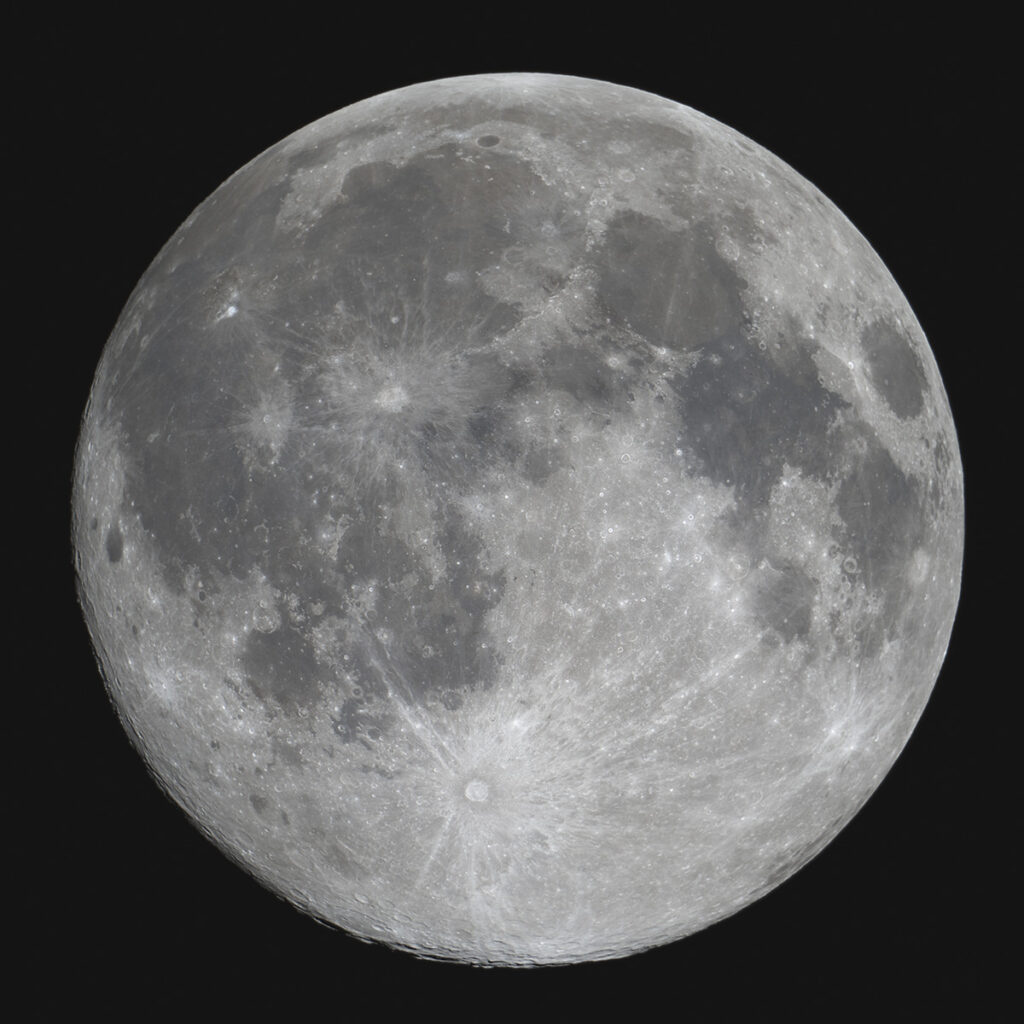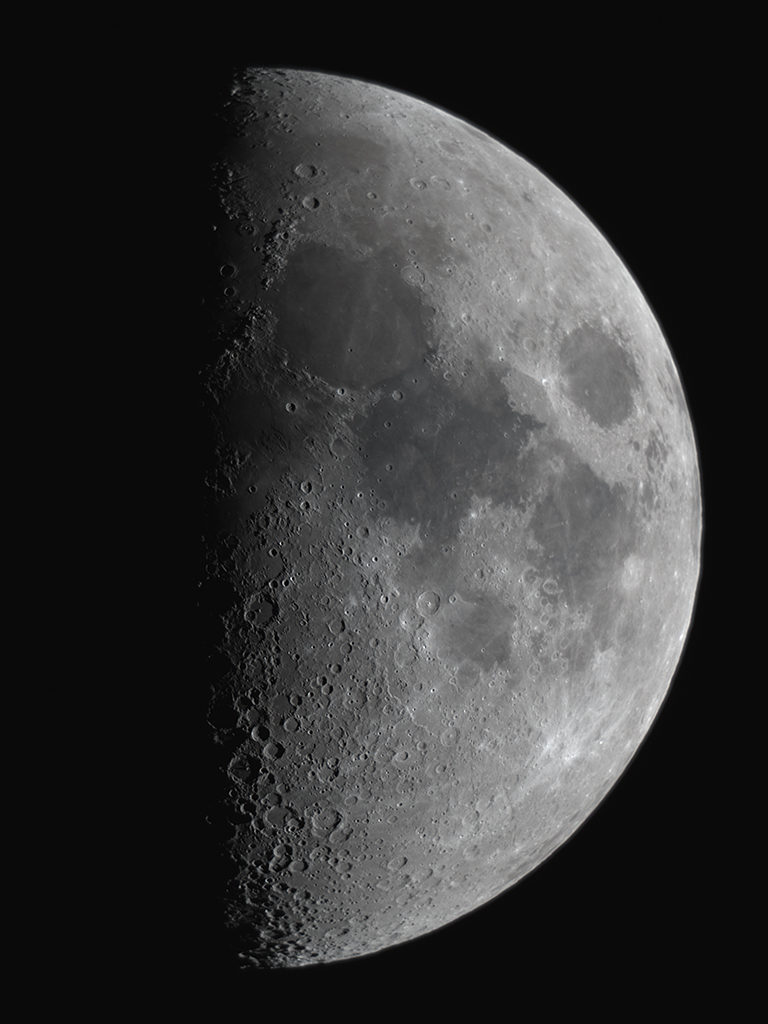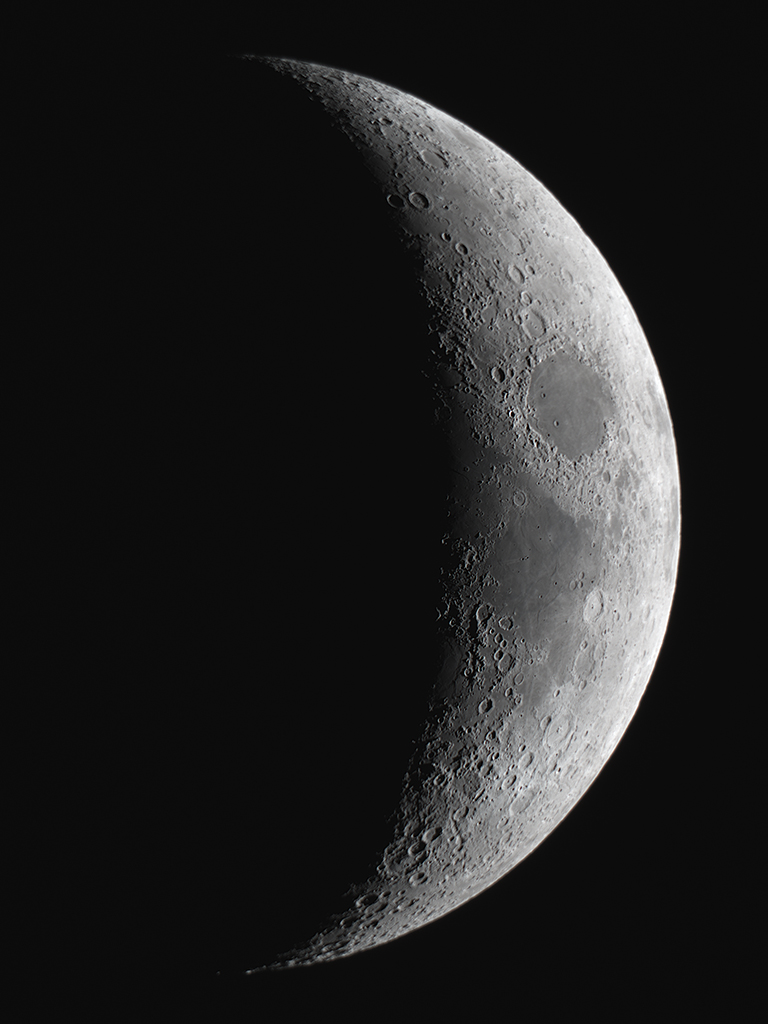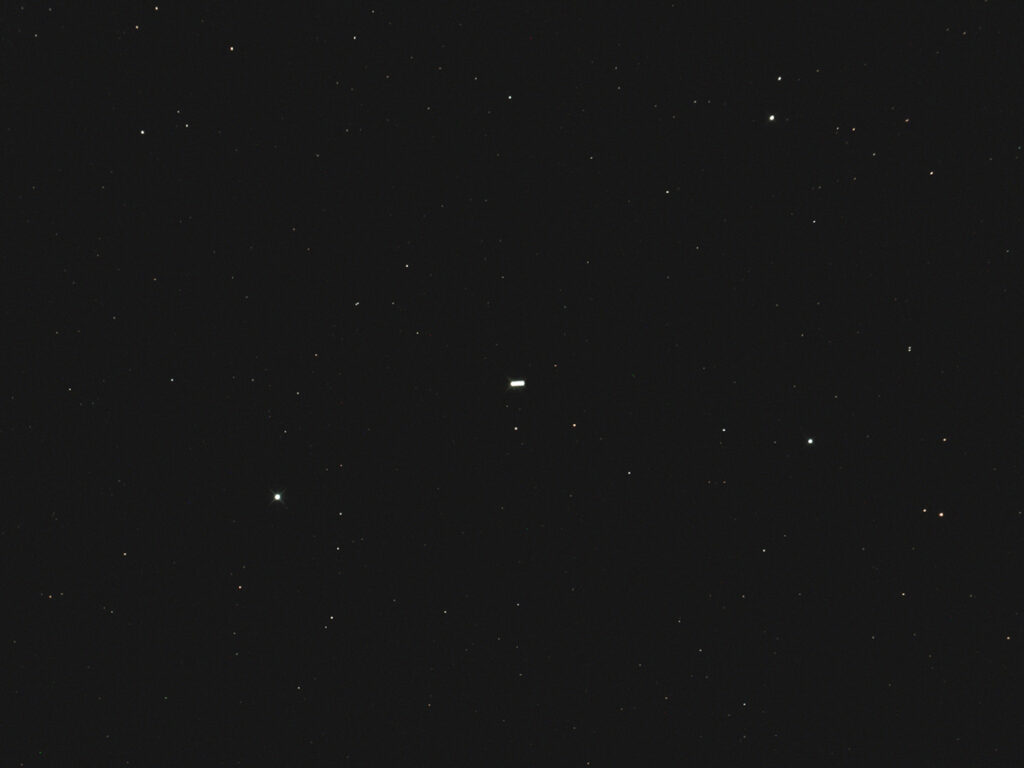
Telescope: 8” Meade Wide Field LX200GPS @ f/6.3 (Native), Baader Mk III MPCC
Camera: ZWO ASI 294MC
Filter: GSO IR Blocking Filter
Exposure: 128×0.001sec, Gain 200, saved as TIFF
Seeing: Fair, 3/5
White Balance: Nebulosity Automatic
Software: SharpCap Pro, Registax, Nebulosity, Photoshop
This image was taken as part of in initial test using a Baader Mk III MPCC with this wide field 8” SCT and the original, uncooled version of the ASI 294MC. I’m configuring this for remote observing, but it is working so well that I’m going to conduct some additional tests to see how well it works for general purpose imaging.









Recent Comments